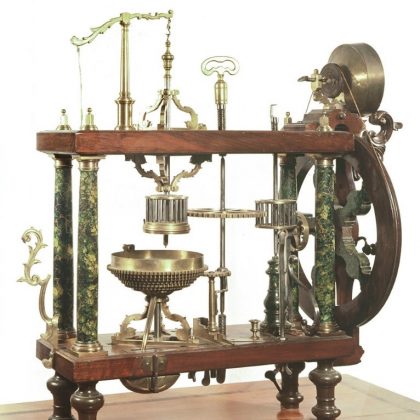Jitterbug: New software cleans up images on an atomic scale
Photographing atoms isn’t easy. In fact, trying to capture images of these tiny, nearly invisible particles that fit 200,000 abreast on a human hair is far from straightforward. This type of imaging requires some of the most advanced microscopes available to modern science. One of the machines that can deliver this performance is the scanning transmission electron microscope (STEM), capable of achieving magnifications of tens of millions of times.
When we work at really high magnifications, the quality of the microscope’s lenses is really important, but equally important is what’s called the ‘stability’ of the equipment. That means that the effects of vibrations, noises and electrical interference in the machine’s surroundings need to be carefully monitored. To visualise the microscope’s enormous sensitivity to vibration, imagine an artist making a sketch with a sharp pencil. To scale up the size of the microscope’s super-fine beam to the size of the pencil tip you need to enlarge things by around a factor of 10 million. The sample then would be around the size of a playing card. Now, rather than the artist having a pencil 15cm long, it’s 1500 km long! That’s like sketching a drawing in Rome while standing in London – you need some seriously steady hands!
So what do these vibrations do to our images? We know atoms are round, but when there are vibrations near our microscope, say when a big truck goes past the building, we often see the pixels in the image getting shifted. Sometimes it’s up and down, or left to right, and other times they’ll get stretched or squashed. Fortunately, because we know they are circular in real life, we can correct the images.
In microscopy, our images are our raw data and the starting point for many investigations. So we wrote a piece of software, called Jitterbug, to help repair the shifted data. In this study, we describe how we can spot the distortions and how our software works to correct for them. To check that it works, we carefully measured the quality of the images before and after correction. We were able to improve the resolution of the images by 16%, the clarity of the features by 30%, and even to fix the effects of the sample drifting while we took the photos. Now, with the raw data repaired, we can make more precise measurements on our samples and reach more certain conclusions about their structures.
The paper ‘Identifying and Correcting Scan Noise and Drift in the Scanning Transmission Electron Microscope‘ is freely available for one month.






